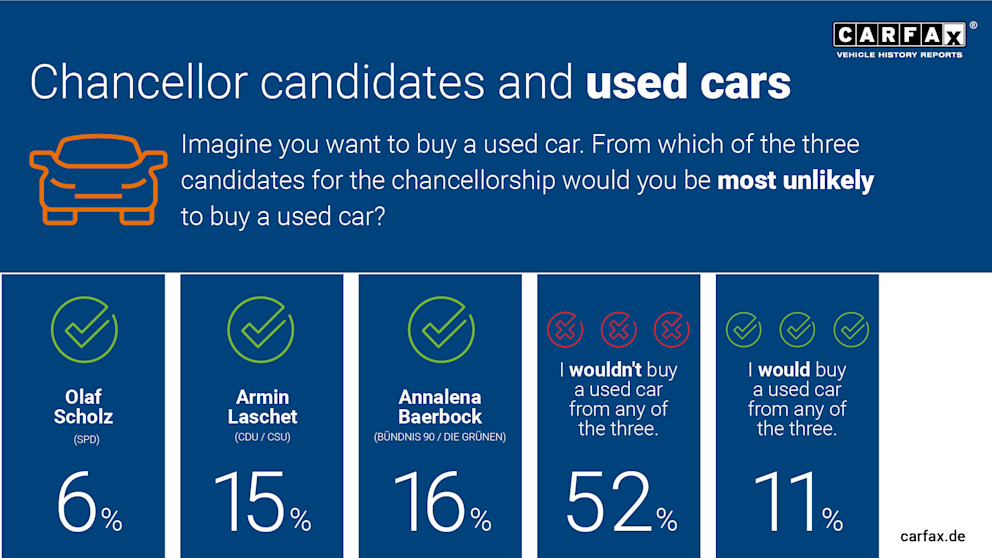Rainy weather is a common thing for fall. It is also something that impacts road safety. Low visibility and tires losing road contact can lead to what is generally called aquaplaning or hydroplaning. What is aquaplaning? Cambridge Dictionary defines aquaplaning as a situation in which a vehicle slides out of control on a wet road. According to Continental Tires, aquaplaning occurs when the wedge of water builds up between the tire and the road surface. This leads to the tires losing road contact and the vehicle being no longer responsive to steering. The “no longer responsive to steering” part is the one that should concern you most as a driver since it means that you will lose control of the wheel during the moment when anything can happen from a collision with another vehicle to a run-off-road accident. To handle aquaplaning situation properly, one should know what causes it.
What causes aquaplaning?
We already know that aquaplaning is the loss of control of a vehicle when the wheels lose contact with the ground due to an accumulation of water on the road. However, the mere fact that it is raining is not the only cause of aquaplaning. In fact, according to Bridgestone Tire, there are several factors that contribute to hydroplaning:
- Road conditions
- Vehicle speed
- Tread depth
- Vehicle weight
Now that you know why aquaplaning occurs, it is important to know how to react safely in case your car skids on a wet road.
What to do in case of aquaplaning
If you notice that your car starts aquaplaning, follow these RAC tips on how to act:
- Once you have noticed that your car has started to aquaplane, it is vitally important to keep calm. If you do something drastic, like slamming on the brakes or suddenly turning the wheel, your vehicle can skid or even slide into another car.
- Instead, it is crucial to hold the steering wheel straight and firmly. You just have to try to keep it on track and not drift.
- As you are holding the wheel straight, gently take your foot off the accelerator. Don’t try to brake, just let the car slide.
- Once your vehicle started slowing down, you will feel your wheels gaining traction again.
Keeping your cool and remembering these four steps will help you avoid major accidents and scares on the road.
How to avoid aquaplaning
In addition to knowing what to do when we lose control of the car, certain measures should be taken to reduce the risk of aquaplaning. Surely, aquaplaning happens most often during rain. The best advice here is to ease your foot off the accelerator because aquaplaning and speed go hand in hand. There are also other tips that can help you avoid this unpleasant situation. The tires, which are always in contact with the pavement, are our best ally to avoid hydroplaning. Thus, having tires in good condition, with a tread depth greater than 2 millimeters and without defects or serious dents, will ensure that aquaplaning doesn’t happen. Last but not least, keep a couple of meters distance between your vehicle and the vehicle in front of you. This way, you will be able to notice pools of water accumulated on the road with enough time to avoid them without swerving or driving over them, thus reducing the risk of aquaplaning.










